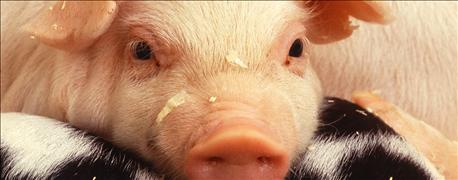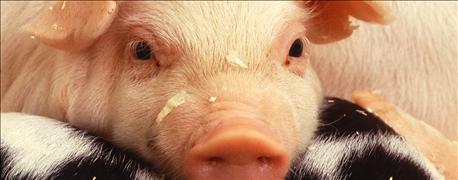
Much like a human needs to get a prescription from a doctor for certain antibiotics, farmers will now need to get the animal equivalent, a veterinary feed directive, from a veterinarian for feed-grade antibiotics.
The new regulation, effective Jan. 1, is a part of the Food and Drug Administration’s overall directive to ensure the judicious use of medically important antibiotics also used in humans. Previously, these antibiotics had over-the-counter status.

NEW REGULATION: Certain feed-grade antibiotics will require a veterinary feed directive for purchase.
In addition to requiring VFDs for antibiotics, the new rule also disallows antibiotic use to promote growth or feed efficiency. According to FDA, it worked with drug manufacturers to voluntarily remove the label use for growth and feed efficiency, effectively eliminating that use.
This new directive, which includes 12 antibiotics, is a result of the December 2013 FDA guidance for the industry. It expands the first phase of implementation that went into effect Oct. 1, 2015, putting antibiotics tylvalosin, tilmicosin, florfenicol and avilamycin under the VFD requirement.
Now, to use feed containing a VFD drug, a written order is required by a licensed veterinarian with whom the producer has a veterinarian client patient relationship.

A VCPR is defined as a working relationship between a veterinarian and a producer, where the veterinarian’s primary role is to advise and guide the producer in determining which medications are appropriate for their animals.
According to FDA, the feed mill, veterinarian and producer will all need to keep a copy of the VFD on file for two years.
Not all antibiotics will be considered VFD drugs. The use of injectable antibiotics will not be affected. At this time, FDA has only moved antibiotics essential to human medicine being fed to animals to VFD status.
About the Author(s)
You May Also Like






